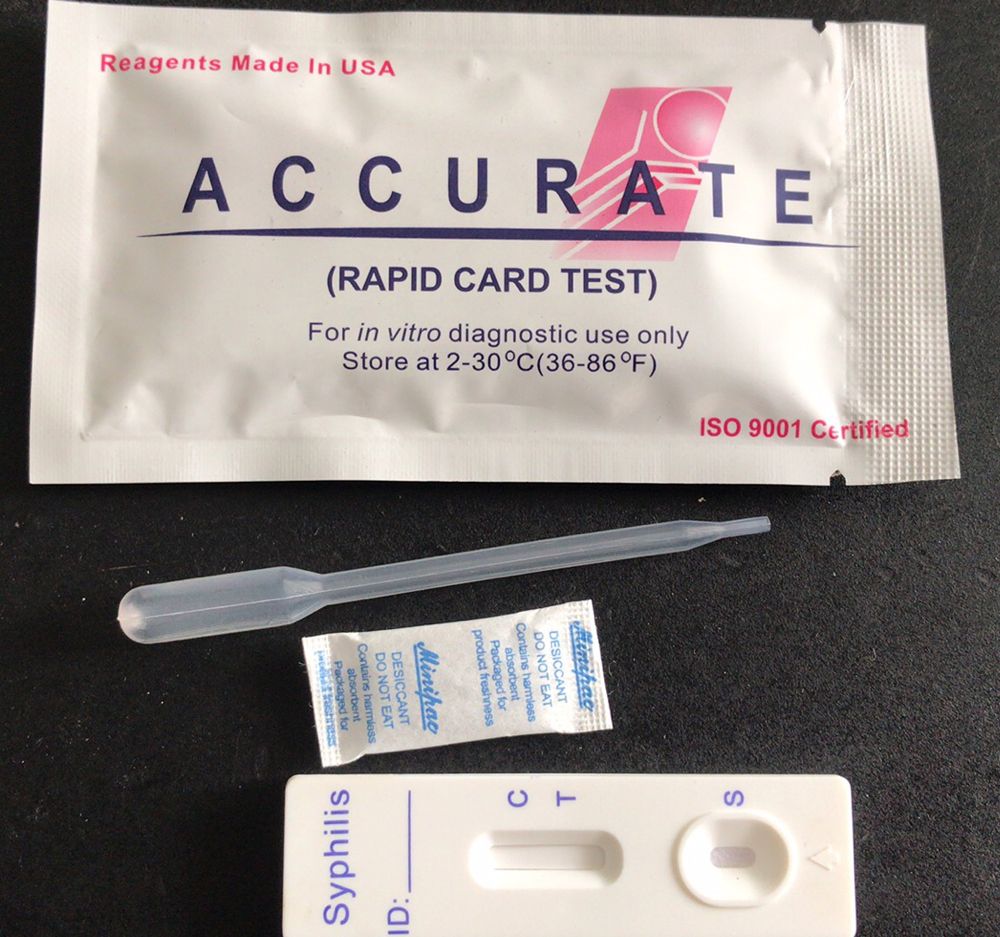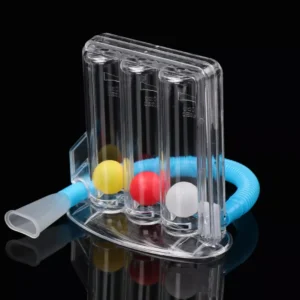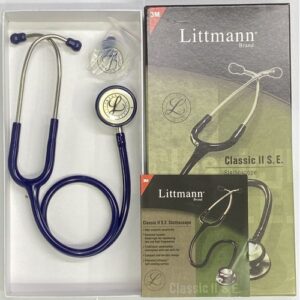Description
The VDRL (Venereal Disease Research Laboratory) test is a non-treponemal blood test used primarily for screening syphilis. Here’s a detailed overview:
Purpose
- Screening for Syphilis: The VDRL test detects antibodies that are produced in response to the Treponema pallidum bacteria, which causes syphilis.
- Monitoring Treatment: It can also be used to monitor the effectiveness of treatment in patients diagnosed with syphilis.
Test Kits
VDRL test kits typically include the following components:
- Reagent:
- The kit contains a non-treponemal antigen (cardiolipin) that reacts with antibodies in the patient’s serum.
- Sample Collection Tools:
- Equipment for drawing blood (e.g., needles, syringes) and possibly capillary tubes.
- Test Cards or Slides:
- A surface where the serum and reagent are mixed and observed for agglutination.
- Control Samples:
- Positive and negative controls to ensure the test’s accuracy.
- Instructions:
- Detailed protocols for performing the test, interpreting results, and handling samples.
Procedure
- Sample Collection: Blood is drawn from the patient.
- Preparation: Serum is separated from the blood.
- Mixing: A specified amount of serum is mixed with the VDRL reagent on a test card.
- Observation: The mixture is observed for agglutination (clumping), which indicates a positive result.





Reviews
There are no reviews yet.